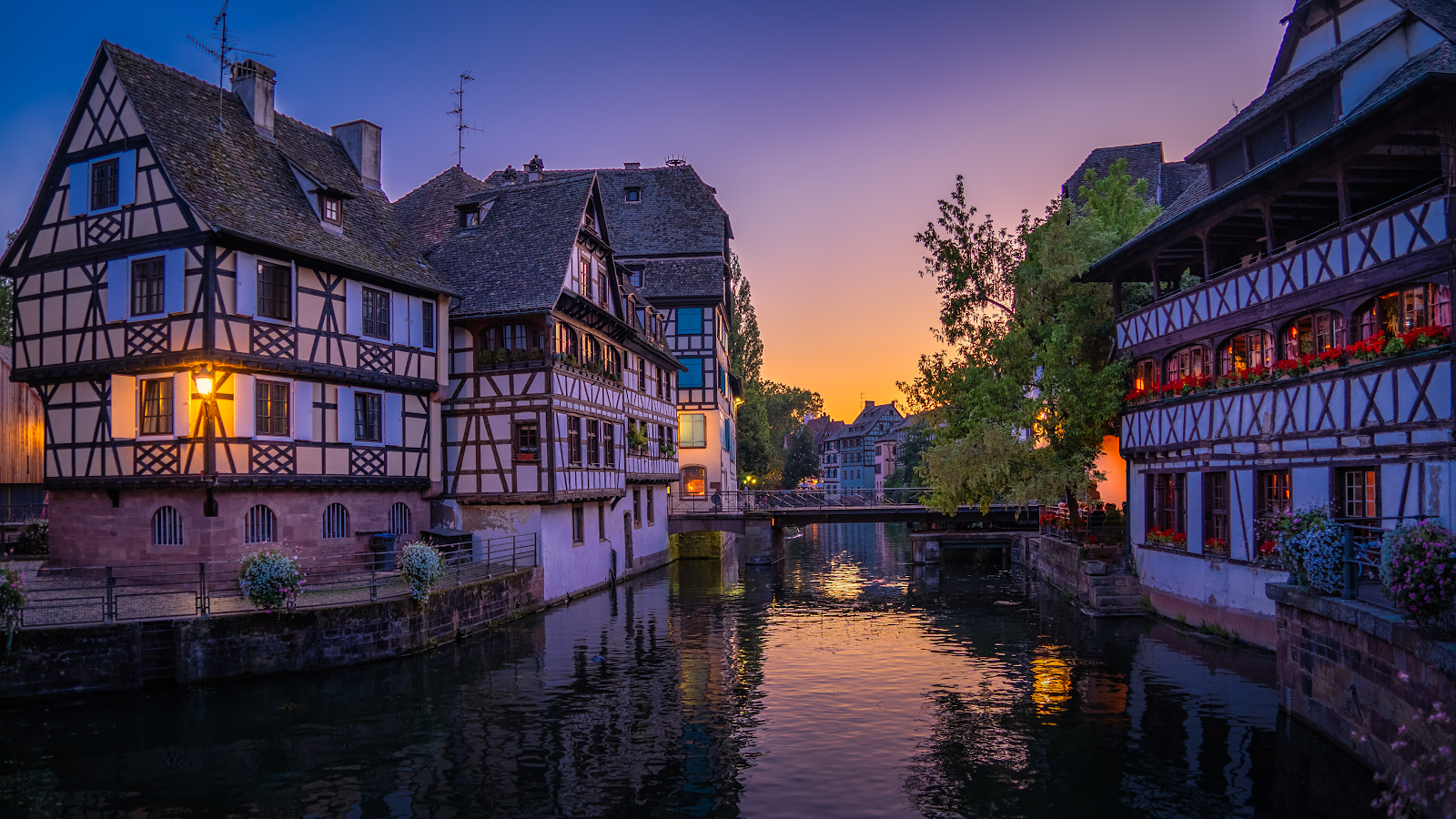Strasbourg
Strasbourg est la capitale de la
région Alsace-Champagne-Ardenne-Lorraine dans le nord-est de la France et est
également le siège officiel du Parlement européen. Strasbourg est située à la
frontière orientale de la France avec l'Allemagne. Cette frontière est formée
par le Rhin. Le Conseil de l'Europe et la Cour européenne des droits de l'homme
sont également situés à Strasbourg. La Cathédrale de Strasbourg est le symbole
de la ville.
Il existe une grande variété
d'activités sportives à Strasbourg. Dans des installations sportives de haute
qualité, vous pouvez jouer à une variété d'activités, des matchs de football
aux matchs de tennis.
La ville offre un large éventail
de possibilités créatives, des festivals animés aux expositions captivantes.
Les musées, les théâtres et les galeries d'art contribuent à la dynamique de la
vie culturelle.
Les spécialités régionales comme
la choucroute sont très populaires. La ville offre une large gamme de saveurs,
des restaurants traditionnels aux marchés animés.
Strasbourg propose un large
éventail d'options d'hébergement pour une expérience complète. Parmi les hôtels
très bien notés figurent « Le Grand Hôtel » et « l’Hôtel tandem ».
En gravissant la tour de la
cathédrale, haute de 142 m, vous pourrez profiter d'une large vue sur le Rhin. La
petite France est une d’attraction très populaire. Vous pouvez faire une
promenade romantique dans les petites rues pavées étroites ou vous attarder sur
l'une des belles places. Vous pouvez également faire du shopping à votre guise
dans une rue piétonne très fréquentée, populaire auprès des locaux et des
touristes. Le Palais Rohan abrite aujourd'hui trois musées intéressants le
Musée des Arts Décoratifs, le Musée des Beaux-Arts et le Musée Archéologique.
L'audio: https://qrco.de/benIWj
Exercice 1: https://learningapps.org/watch?v=paenuandn24
Exercice 2: https://learningapps.org/watch?v=pc226t51c24











